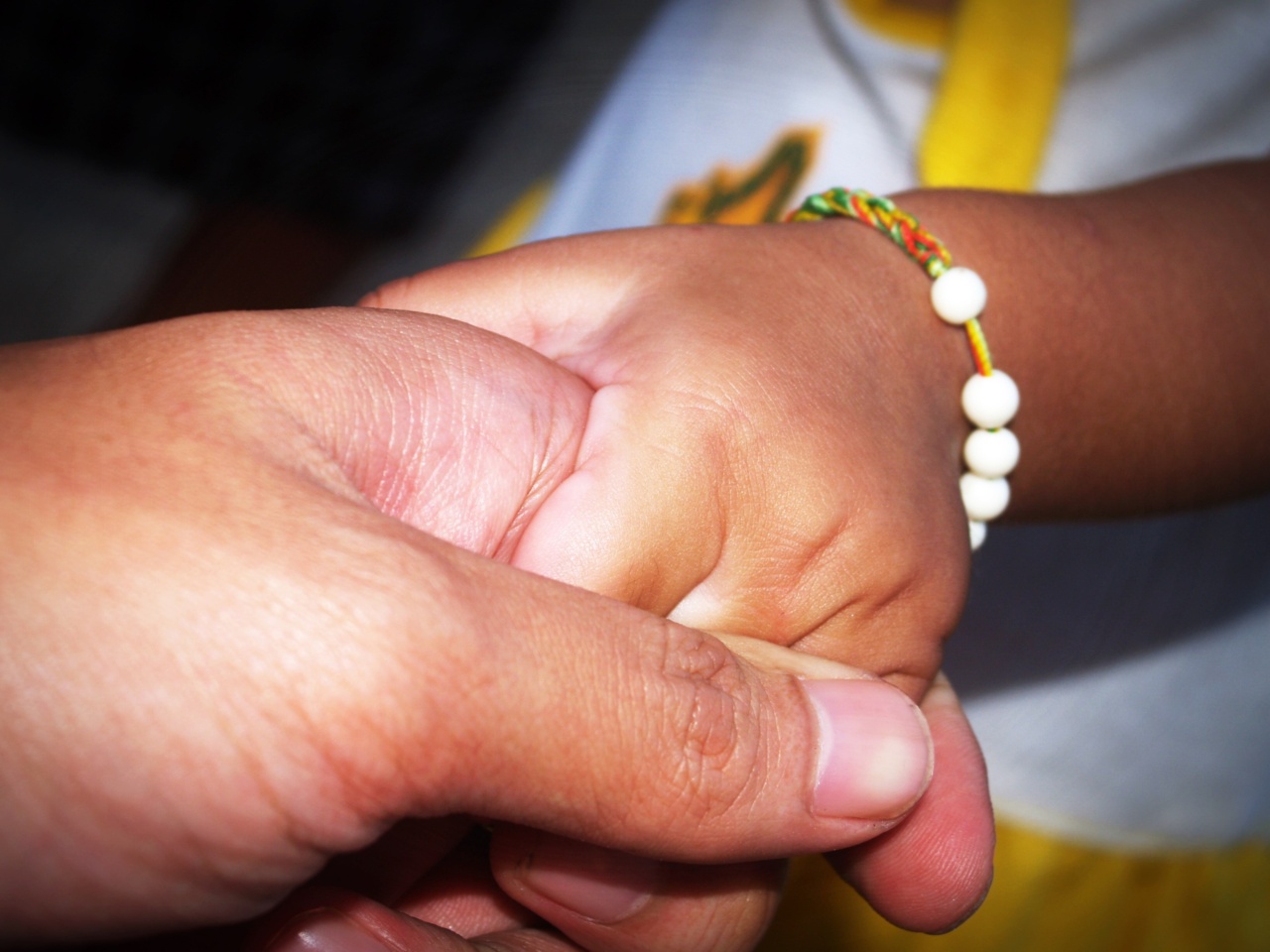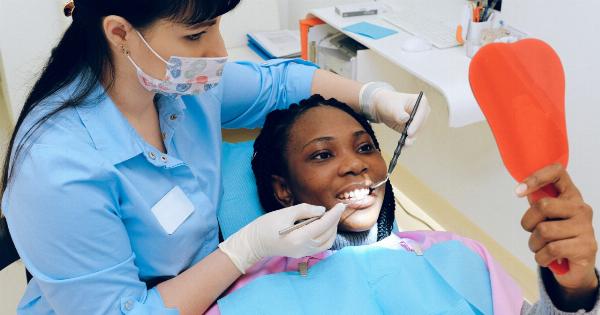Bipolar disorder, also known as manic-depressive illness, is a mental health condition that causes extreme mood swings, ranging from manic highs to depressive lows.
According to the World Health Organization (WHO), it affects more than 60 million people worldwide. Those living with bipolar disorder often struggle with maintaining stable relationships, holding down jobs, and completing daily tasks. However, there is new hope on the horizon for individuals living with this challenging condition.
Understanding bipolar disorder
Bipolar disorder is characterized by alternating periods of mania and depression. During manic episodes, individuals may feel excessively happy, energetic, and restless, often engaging in risky behaviors.
On the other hand, depressive episodes are marked by feelings of sadness, hopelessness, and a lack of interest in previously enjoyed activities. These extreme mood swings can significantly impact a person’s quality of life.
The traditional approach to treating bipolar disorder
For many years, the primary treatment options for bipolar disorder have included mood stabilizers, antidepressants, and antipsychotic medications.
While these medications can help manage symptoms to some extent, they often come with various side effects and may not be effective for everyone. Additionally, psychotherapy and support groups have been beneficial in helping individuals cope with the emotional challenges that come with the disorder.
Emerging treatments
In recent years, researchers have been exploring alternative and complementary therapies for bipolar disorder that may offer new hope for individuals struggling with this condition. Some of these emerging treatments include:.
1. Neurofeedback therapy
Neurofeedback therapy uses real-time displays of brain activity to teach individuals how to self-regulate their brain function.
By providing immediate feedback, neurofeedback helps individuals recognize patterns and learn to control their brainwaves, potentially reducing symptoms of bipolar disorder and improving overall mental health.
2. Transcranial Magnetic Stimulation (TMS)
TMS is a non-invasive procedure that uses magnetic fields to stimulate specific areas of the brain. It has shown promise in treating depression, which often co-occurs with bipolar disorder.
Researchers are currently investigating its potential use in managing bipolar symptoms.
3. Light therapy
Light therapy has long been used as a treatment for seasonal affective disorder (SAD), a type of depression that occurs during the winter months. Preliminary studies suggest that it may also be effective in managing bipolar depression.
Exposure to bright light helps regulate the body’s internal clock and can reduce depressive symptoms.
4. Omega-3 fatty acids
Omega-3 fatty acids, commonly found in fish oil and certain plants, have shown promise in managing the symptoms of bipolar disorder.
Research indicates that omega-3 supplementation may help stabilize mood and reduce the frequency and severity of mood swings.
5. Yoga and meditation
Mind-body practices such as yoga and meditation have gained recognition for their potential mental health benefits.
These practices promote relaxation, stress reduction, and emotional well-being, which can be especially beneficial for individuals with bipolar disorder.
6. Ketamine therapy
Ketamine, a dissociative anesthetic, has shown rapid and significant effects on depressive symptoms in recent trials.
While research is still ongoing, ketamine therapy may hold promise as a treatment option for individuals with treatment-resistant bipolar depression.
7. Collaborative care
Collaborative care is an approach that involves a team of healthcare professionals working together to address the various needs of individuals with bipolar disorder.
This team typically includes psychiatrists, therapists, social workers, and primary care physicians. By combining their expertise, they can provide comprehensive and coordinated care, leading to better outcomes for patients.
8. Genetic testing
Advancements in genetic testing have allowed researchers to identify specific genetic markers associated with bipolar disorder.
This knowledge can help personalize treatment plans by determining which medications are most likely to be effective and which may cause adverse reactions in certain individuals.
9. Smartphone apps and digital tools
The rise of smartphone apps and digital tools has opened up new avenues for individuals with bipolar disorder to track their mood, manage symptoms, and connect with support networks.
These technologies can enhance self-management and provide valuable insights for healthcare providers to deliver more targeted treatment.
10. Support and advocacy
Support groups and advocacy organizations play a crucial role in improving the lives of those living with bipolar disorder.
These groups provide a supportive community where individuals can share their experiences, learn coping strategies, and access valuable resources. Advocacy organizations work to raise awareness, reduce stigma, and promote research and policy changes to benefit the bipolar community.
Moving towards a brighter future
As our understanding of bipolar disorder deepens, so does our ability to develop innovative treatments and support systems.
While each individual may respond differently to these emerging approaches, the hope they offer to those living with bipolar disorder is invaluable. By embracing a holistic approach and fostering continued research, we can create a brighter future for individuals living with bipolar disorder.































